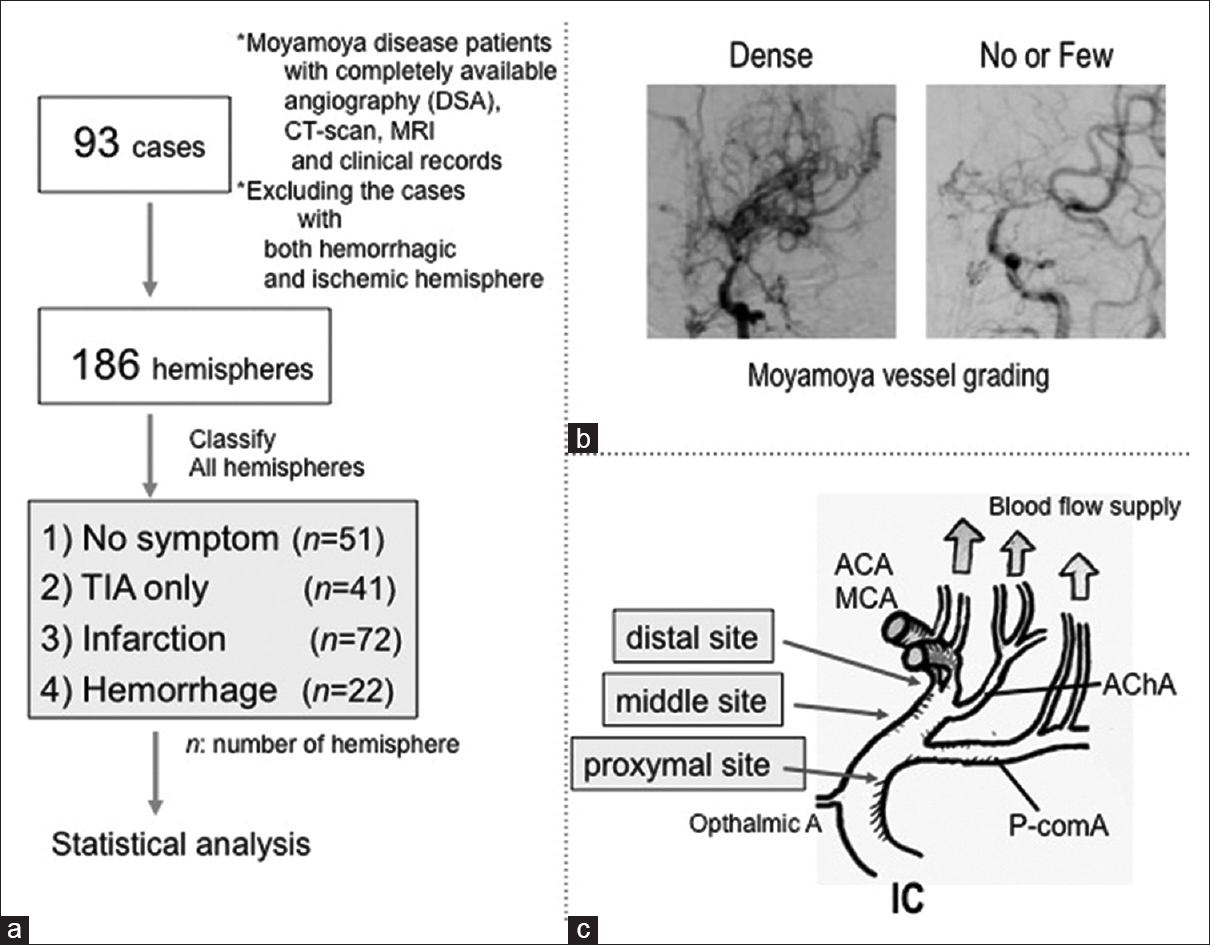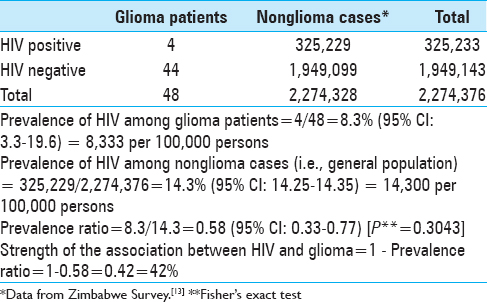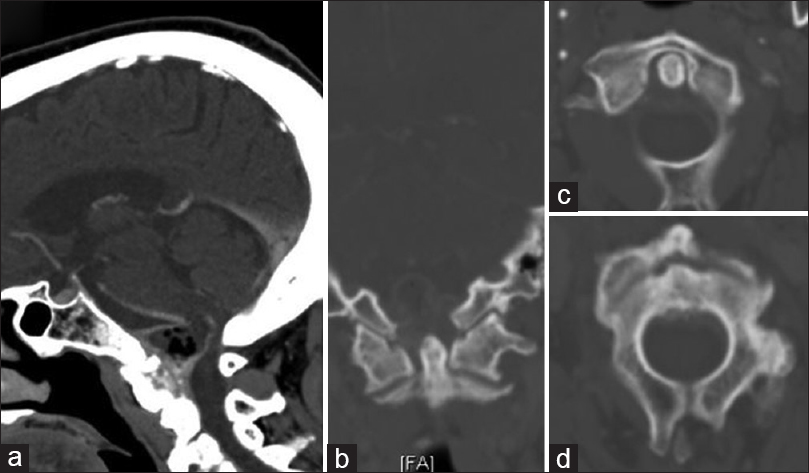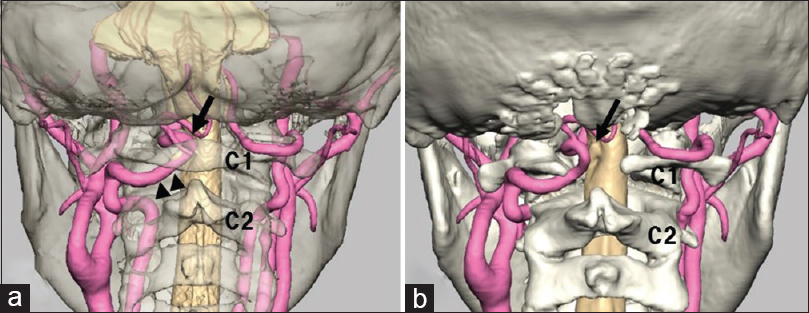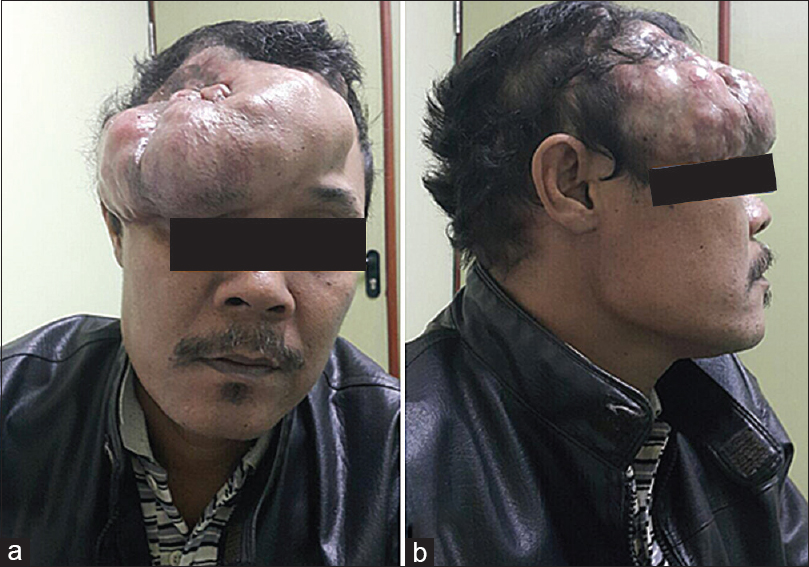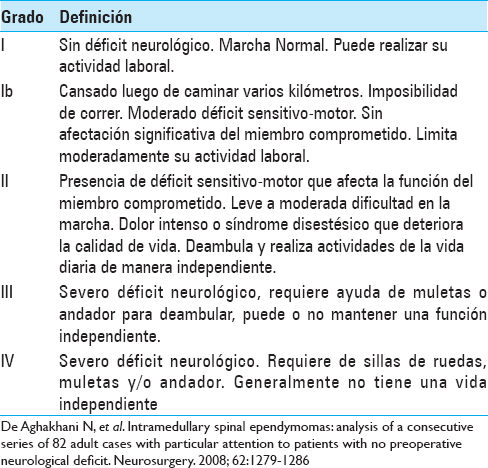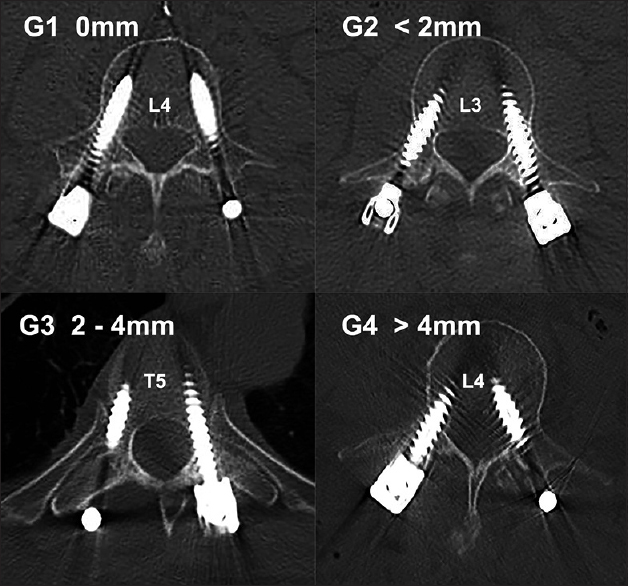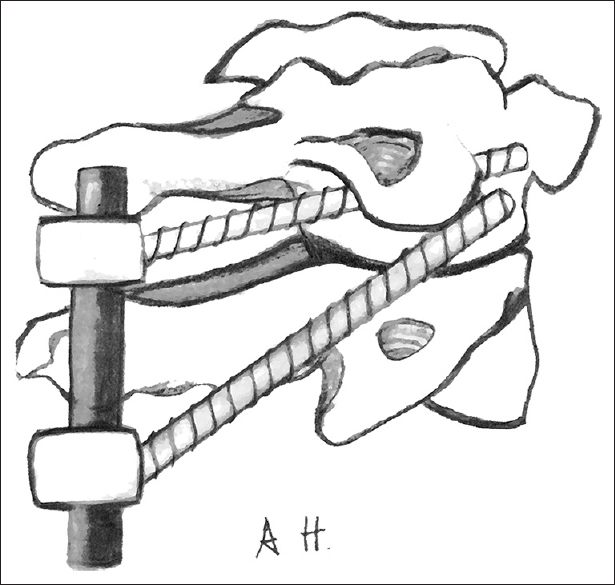Stenotic changes of the posterior cerebral artery are a major contributing factor for cerebral infarction in moyamoya disease
Date of publication: 24-May-2018
Background:Some patients with moyamoya disease (MMD) show broad infarction with moderate internal carotid artery (ICA) stenosis, whereas others with complete ICA occlusion show no infarction. This suggests that other factors contribute to the occurrence of infarction. Contributing factors predictive of cerebral infarcts must be identified for the prevention of infarction and the consequent neurological deficits.
Prevalence of human immunodeficiency virus infection in brain glioma patients: Is the virus protective from gliomas?
Date of publication: 24-May-2018
Background:Human immunodeficiency virus/acquired immunodeficiency syndrome (HIV/AIDS) is associated with an increased prevalence of some malignancies. However, some observational studies have revealed an ever-decreasing prevalence of HIV in glioma patients. The relationship between HIV and brain gliomas has not been well established.
Primary solitary retro-clival amyloidoma
Date of publication: 15-May-2018
Background:Amyloidosis encompasses a group of disorders sharing the common feature of intercellular deposition of amyloid protein by several different pathogenetic mechanisms. Primary solitary amyloidosis, or amyloidoma, is a rare subset of amyloidosis in which amyloid deposition is focal and not secondary to a systemic process or plasma cell dyscrasia.
A case report: C2 radiculopathy induced by neck flexion due to the cord compression of C2 segmental type vertebral artery relieved by microvascular decompression
Date of publication: 15-May-2018
Background:Decompression of an anomalous vertebral artery (VA) may effectively treat cervical myelopathy/radiculopathy due to resultant spinal cord or nerve compression. Here we report a case of C2 radiculopathy induced by neck flexion due to cord compression of the C2 segmental type VA relieved by microvascular decompression.
Malignant peripheral nerve sheath tumor of the scalp: Two rare case reports
Date of publication: 15-May-2018
Background:Malignant peripheral nerve sheath tumors (MPNSTs) constitute a group of soft tissue neoplasm with neuroectodermal origin. Most cases are small at presentation and only some have been described reaching giant dimensions.
Quiste neuroentérico intramedular: Reporte de caso y revisión bibliográfica
Date of publication: 10-May-2018
Abstract
Los quistes neuroentéricos (QNE) son lesiones raras, congénitas y benignas, causadas por la comunicación persistente o anormal entre el neuroectodermo, la notocorda y el endodermo. Se presentan principalmente en pacientes pediátricos y adultos jóvenes, asociados a otras malformaciones vertebromedulares, gastrointestinales y respiratorias. Son lesiones intradurales extramedulares, siendo excepcional su presentación intramedular. El objetivo del presente artículo es reportar un caso de QNE intramedular cervical en un adulto joven, sin malformaciones concomitantes. El tratamiento quirúrgico es de elección según toda la bibliografía consultada, y por su alta tasa de recurrencia, el objetivo debe ser la resección total. El seguimiento con RMN es recomendado en resecciones subtotales.
Curva de aprendizaje en la colocación de tornillos pediculares percutáneos mínimamente invasivos
Date of publication: 10-May-2018
Objetivo:El objetivo de este estudio fue estimar la curva de aprendizaje necesaria para la correcta colocación de tornillos transpediculares percutáneos (TTP).
Erratum: Maladjustment of programmable ventricular shunt valves by inadvertent exposure to a common hospital device
Date of publication: 08-May-2018
New technique for C1-C2 fixation
Date of publication: 07-May-2018
Background:There are several techniques for treating atlantoaxial instability, including the Magerl transarticular screw fixation and the Harms/Goel C1-C2 screw rod techniques. Here, we present a novel technique utilizing a polyaxial screw rod system and a combination of C1 lateral mass and C1-C2 transarticular screws.


